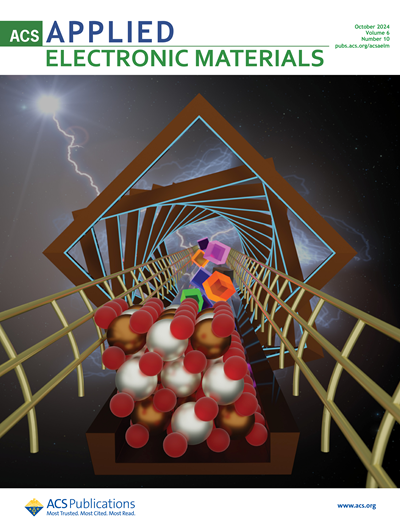信息表面特征的地理定位以及开放和 FAIR 数据原则在山地景观领域和地理遗产中的应用
IF 4.3
3区 材料科学
Q1 ENGINEERING, ELECTRICAL & ELECTRONIC
引用次数: 0
摘要
本说明建议,在地貌文献提供的 "信息景观 "中,十进制经纬度[dLL]位置应用于识别感兴趣的地物、地貌、样本和调查地点。与标注或标记的地理定位相关的所有信息都应作为信息景观的一部分供研究使用,这些信息景观可在书籍、论文和其他出版物中进行探索和展示。本说明还概述了可查找、可访问、可互操作和可重复使用的 "开放 "和 FAIR 数据,以及如何利用这些原则更好地解释景观,尤其是山地景观领域的景观。山丘和岩石冰川展示了 [dLL] 地理定位,以确定地点并为野外工作和文献搜索提供信息。任何[dLL]指定的地点都是一个识别标签,地貌和地名的名称也是如此。两个字母(digraph)被用作地貌标签:TO 代表山丘,RG 代表岩石冰川。引用、(作者-日期-标题-来源)归属也是标签。注释说明了如何将这些属性与[dLL]地理坐标联系起来,指定时间、空间和文献中的位置。添加 [dLL] 将有助于未来的文献检索和建模,以探索景观中的 "未知",本文提出了实现这一目标的方法,包括地质遗产和地质旅游。本文章由计算机程序翻译,如有差异,请以英文原文为准。
The geolocation of features on information surfaces and the use of the open and FAIR data principles in the mountain landscape domain and geoheritage
This note suggests that decimal latitude/longitude [dLL] locations should be used to identify features of interest, landforms, sample and investigations sites, in an ‘information landscape’ provided by the geomorphological literature. All the information associated with a labelled, or tagged, geolocation should be available for examination as part of information landscapes that can be explored and represented in books, papers and other publications. This note also outlines the ‘open’ and FAIR data that are findable, accessible, interoperable and reusable and how the principles can be used to better explain landscapes, especially in the mountain landscape domain. Tors and rock glaciers illustrate [dLL] geolocation to identify sites and inform fieldwork and literature searching. Any [dLL]‐specified location is an identifying label, as are names given to landforms and toponyms. Two letters (digraph) are used as landform labels: TO for tors and RG for rock glaciers. Citations, (author–date–title–source) attributions, are also labels. The note shows how these attributions can be linked to [dLL] geolocations specifying locations in time and space and in the literature. The addition of [dLL] will facilitate future literature searches and modelling to explore ‘unknowns’ in the landscape, and this paper suggests ways in which this can be achieved, including geoheritage and geotourism.
求助全文
通过发布文献求助,成功后即可免费获取论文全文。
去求助
来源期刊

ACS Applied Electronic Materials
Multiple-
CiteScore
7.20
自引率
4.30%
发文量
567
期刊介绍:
ACS Applied Electronic Materials is an interdisciplinary journal publishing original research covering all aspects of electronic materials. The journal is devoted to reports of new and original experimental and theoretical research of an applied nature that integrate knowledge in the areas of materials science, engineering, optics, physics, and chemistry into important applications of electronic materials. Sample research topics that span the journal's scope are inorganic, organic, ionic and polymeric materials with properties that include conducting, semiconducting, superconducting, insulating, dielectric, magnetic, optoelectronic, piezoelectric, ferroelectric and thermoelectric.
Indexed/Abstracted:
Web of Science SCIE
Scopus
CAS
INSPEC
Portico
 求助内容:
求助内容: 应助结果提醒方式:
应助结果提醒方式:


